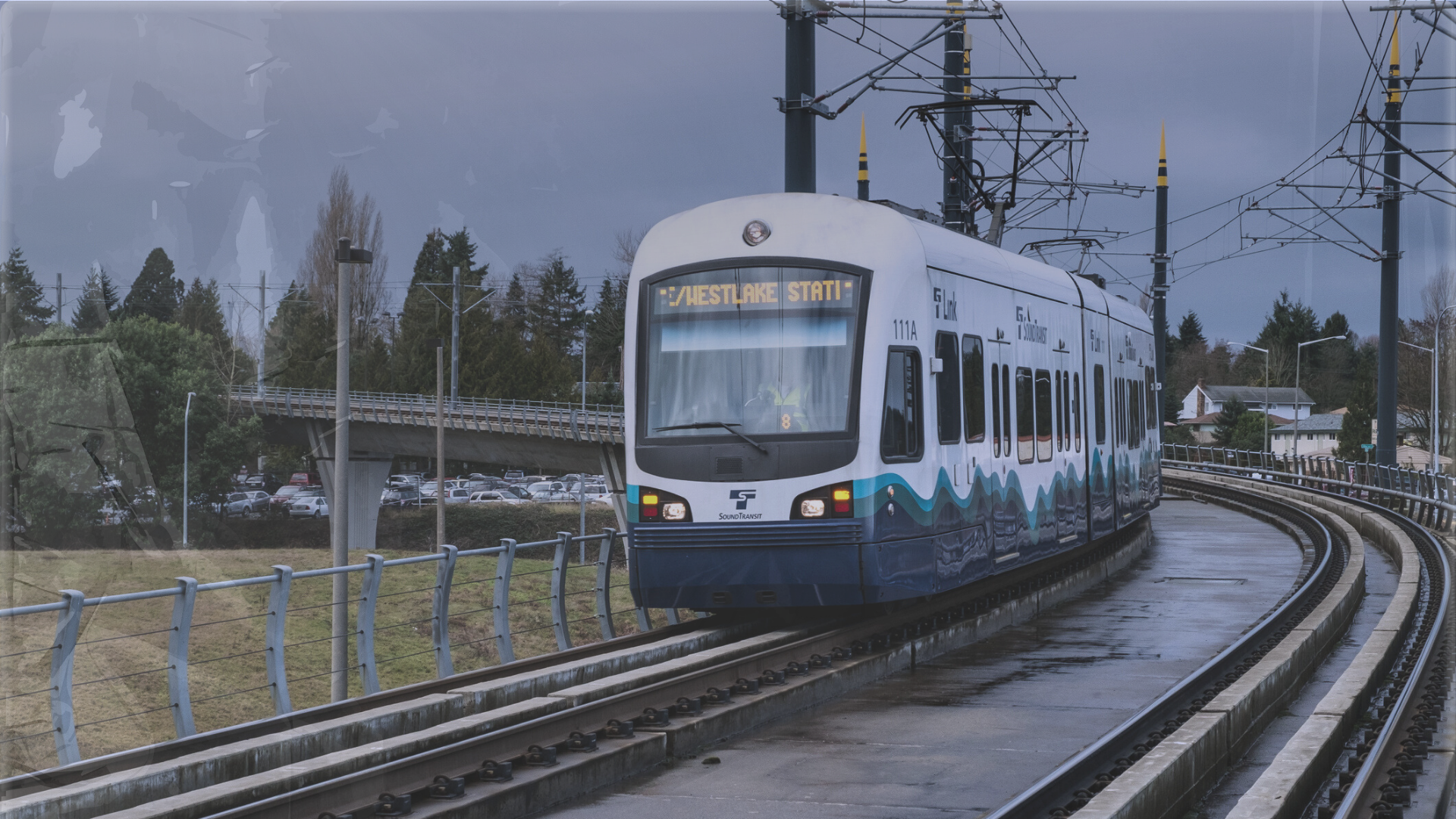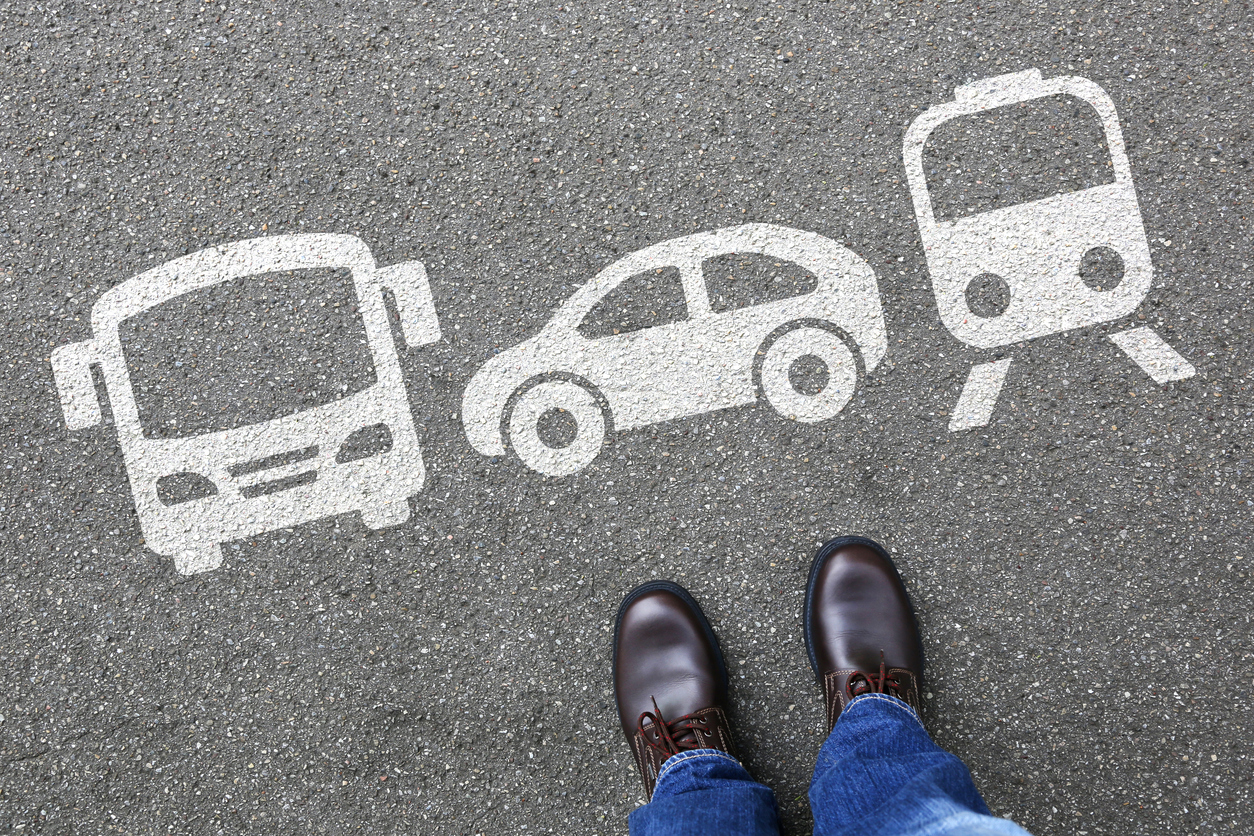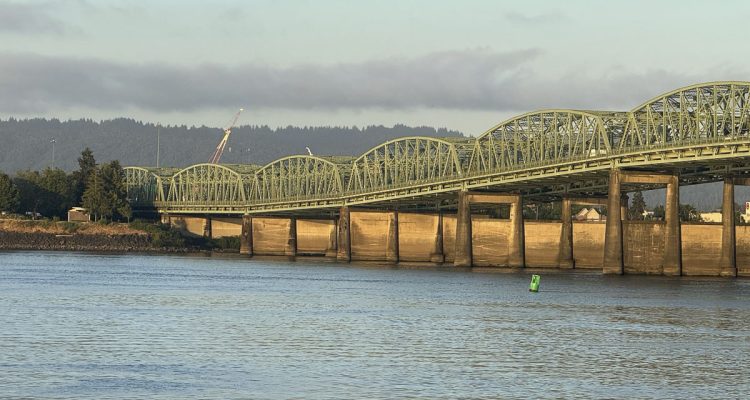On Wednesday, I attended the Tacoma City Club panel event on Sound Transit’s proposed $54 billion light rail plan. On the panel were Chelsea Levy of Sound Transit, Shefali Ranganathan of the pro-Sound Transit advocacy group Transportation Choices Coalition, and John Niles of research and consulting firm Global Telematics.
In response to an audience question, Shefali Ranganathan said building light rail will not reduce traffic congestion, but that if we do nothing, traffic jams will still double. She noted that we already sit in traffic an average of 63 hours a year, so a “do-nothing option” is not viable.
Her view is that paying $54 billion ($37 billion of it in regressive taxes) for light rail would be doing something, but that “something” has nothing to do with reducing travel times and improving people’s mobility.
To me this raised the question: “Why would a Sound Transit booster talk about how bad traffic jams have become under our current transportation leadership if public officials don’t plan to do anything about it?” (Transportation Choices Coalition receives funding from Sound Transit.)
For those of us spending up to four hours or more stranded on the road in our daily commute when we could be doing anything else, hearing that officials plan to let it get worse induces a sense of frustration and urgency.
“Do something!” we exclaim (no one wants to “do nothing”). In return, we are promised a 19th century-style rail system that will carry less than 1% of daily trips a quarter century from now.
Meanwhile, Sound Transit officials and their boosters want to impose a tremendous regressive tax burden with no end date on low-income people and working families. This is taking on an enormous liability, not a future asset.
Yet Sound Transit officials continue to tout their message of supposed widespread demand for light rail.
There is a common misconception that Sound Transit’s grand projects will reduce traffic congestion for all, as people abandon their cars to ride light rail. It’s like a bumper sticker that says, “Everyone wants their neighbor to ride the bus.”
Sound Transit ridership numbers tell a different story. The data shows significant ridership comes as people switch from buses to light rail. Researchers Shin Lee and Martyn Senior of Cardiff University looked at four light rail systems in the United Kingdom and found that “expanded rail patronage seemed to come at the expense of bus ridership.”
Sound Transit officials like to say their ridership for April 2015 to April 2016 is booming, yet they fail to note that their colleagues at King County Metro have cut bus lines and altered routes to move existing transit riders over to their friends who run light rail.
Giving $54 billion to Sound Transit may sound like “doing something,” but it would mainly empower and enrich a small group of people – public officials, advocates, real estate developers, union executives – while the rest of us pay the regressive taxes to make it all happen.
In the meantime, Sound Transit officials say they have no solutions that would reduce traffic congestion. That is something to think about as we sit in traffic this evening.





